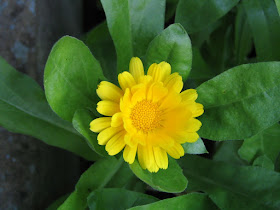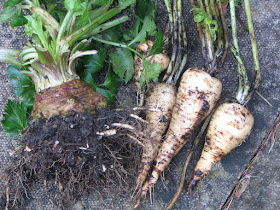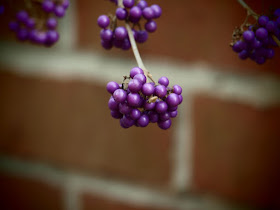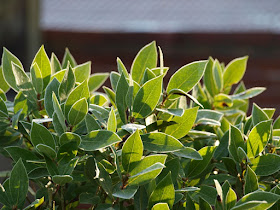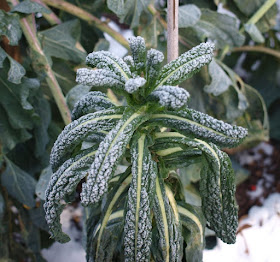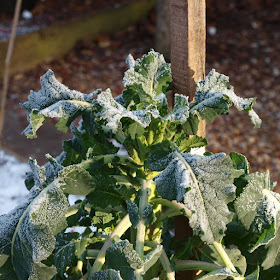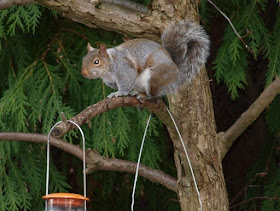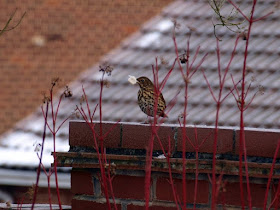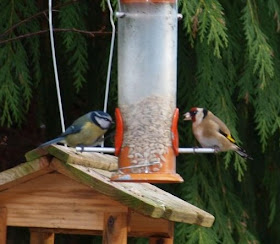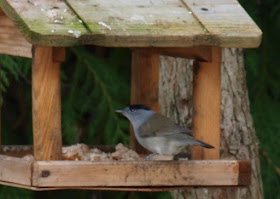"Life (aka gardening) is not all a bed of roses", as they say... As all experienced gardeners know, gardening is a pastime that involves an element of luck as well as skill. Weather, animals, pest, diseases and WORK all conspire to foil our attempts to produce the perfect flowers / veg.
I've been blogging and photographing for not much over 4 months, but even in that short space of time I have taken a huge number of photos recording what's been happening in my garden. I would be the first to admit that not all my gardening ventures end in success. Amongst the gardening triumphs there are always a few disasters (or at least, disappointments). Here's a selection of photos representing the whole spectrum of Bad, Ugly and Good...
THE BAD
These are some of the "Scrumptious" apples, afflicted with the Bitter Pit disease. Even without that, the variation in colour is surprising, and indicates something seriously amiss.
Some of the tomatoes suffered from Blossom End Rot (here on "Ferline").
The "Tundra" cabbages were attacked by caterpillars. This seedling was stripped nearly bare.
The "fly-resistant" Carrots didn't all resist the fly...
My indoor tomato "Wilma" developed the blight.
The fleece covers on my raised beds were destroyed by foxes (several times)
Some of the Endives were killed by the frost and went slimy.
So there was definitely plenty of the Bad. Some things turned out OK though, but just not very pretty.
THE UGLY
These "Black Cherry" tomatoes, split open by a surfeit of rain were OK to eat immediately after harvesting, but looked very odd indeed.
Some of the cucumbers grew in a funny shape.
This carrot decided to have three "legs".
This Celeriac would never win any beauty contests.
But despite all the above, gardening has given me a huge amount of pleasure and sense of achievement this year (not to mention loads of edible produce), so I end by taking a look at the good bits...
THE GOOD
Amongst the best things that my garden produced this year were:
Some great, and hugely picturesque, Borlotto beans
Masses of vibrant-coloured chillis
Some spectacularly-textured Cavolo Nero
A bumper harvest of many types of tomato
Even some quite nice looking flowers (not my forte, I have to admit; I normally concentrate on the edible plants)
But best of all it produced a new gardening enthusiast.
 |
| My granddaughter Lara takes a close interest in Grandpa's garden |
As I sit poring over my seed catalogues, deciding what to buy, I look forward eagerly to what 2011 may bring.
I wish all of you a Happy New Year, and I hope that the hobby of gardening will bring you not only success, but also happiness and relaxation.


















